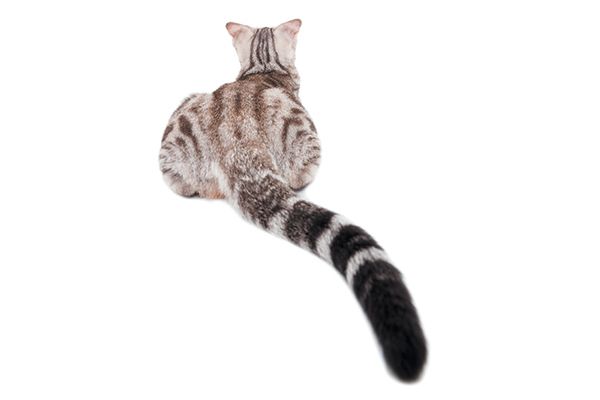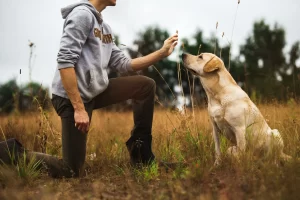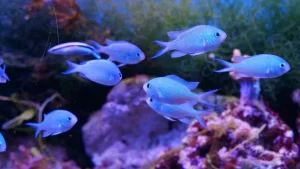The tail of cats and the movements it produces are so important that in antiquity the Greeks called them “colors”, which means “moving tail”. Cats’ control over their tails is not the same as they have over the rest of their extremities. In many cases, a cat that moves its tail does so voluntarily, as it would with its other muscles; but in other cases, it may do so as an instinctual reflex, without being aware of how it is doing it. Either way, there are three main reasons why cats may wag their tails.
Ever wonder why cats wag their tails? It’s a fascinating aspect of feline tail movements. Cats wag their tails when they’re happy, expressing joy or excitement. Understanding cat behavior, especially their kitty tail communication, reveals the meaning behind cats wagging their tails. So, the next time your cat wiggles or shakes its tail, know it’s a delightful expression of happiness.
Contents
- 1 Decoding Cat Tails: The Intriguing World of Feline Communication
- 2 Decoding Feline Communication: The Intricate Language of Cat Tails
- 3 Cats Without a Tail
- 4 My Cat Attacks its Tail to Play
- 5 Beware of Excessive Attitudes in Cats
- 6 A Sign of Anxiety or the Cause of an Illness
- 7 The Cat Attacking its Tail: one sign to take into Account Among Others
Decoding Cat Tails: The Intriguing World of Feline Communication
Ever wondered why cats wag their tails? It’s not just a dog thing! Cats may wag their tails when happy, but it doesn’t always mean joy. Tail signals are their way of communication. From decoding cat tails to understanding felid expressions, explore the intriguing world of feline communication cues and cat tail meanings. And yes, some cats even wag their tails like dogs! So, next time your cat wags her tail, pay attention to the subtle language she’s expressing.

Decoding Feline Communication: The Intricate Language of Cat Tails
Ever wondered why cats wag their tails? It’s not just a random movement. Cats move their tails because they communicate through them. When annoyed, they may shake their tails at you. Before pouncing, cats often flick their tails back and forth.
Understanding cat body language, especially their tail positions, reveals their emotional cues. Choosing the perfect holiday gift for the cat lover in your life? Consider a small cat carrier – a cozy space for their feline friend. Cats wag their tails in joy, expressing gratitude for this thoughtful and functional present.
1. To Maintain Balance
Even if its position and its movements can be useful in any movement, the tail is particularly important to avoid falls when the catwalks are on narrow and unstable surfaces. A sudden movement of the surface on which the catwalks produces a sudden movement of the tail in the opposite direction. Thus, the cat’s body, which moves its tail, balances itself again and remains upright.
2. During Emotional Conflicts
When in emotional conflict and undecided between two opposite and incompatible behaviors, it is common to observe how the cat wags its tail until it makes a decision. So a cat that wants to go out in the garden but realizes it’s raining may find itself in conflict: go out and get wet or stay home dry? When he has decided, the cat will venture into the rain or return to the sofa, and once he has passed the moment of doubt, his tail will no longer move.
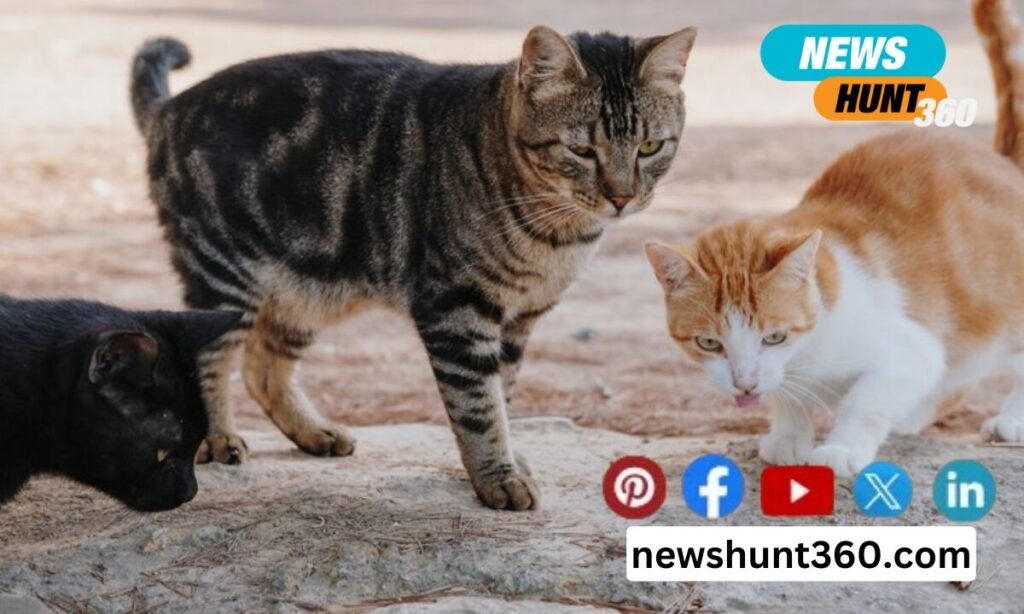
3. To Communicate
Through the movements of their tail, cats can convey their friendly or defensive intentions, so much so that even when the cat wags its tail and is unaware of how it is wagging, the tail ends up being a reliable indicator of the emotional state of the cat and its intentions.
This type of movement, although also instinctive, has evolved with the domestication of cats, particularly intensifying gestures that demonstrate affection or friendship. Taking your small cat to the vet is essential for its well-being. Cats wag their tails to express emotions, and a small cat carrier ensures a comfortable journey. Similarities lie in caring for your cat’s health and providing a stress-free travel experience.
In a cat that moves its tail to communicate, the key aspects that help decode messages from the tail are position, shape, and movement as well as the appearance of the coat covering it.
- An upward tail: A vertical disclose to the rear part of the body, is salvation in the cat. They often raise their Feline Tails when their master comes home or to greet other pets in the house with whom they have a good relationship. It is the typical greeting that kittens dedicate to their mother. By adopting this posture, the kittens not only perform a greeting ritual but also expose their hindquarters for the mother to observe or clean.
- Lifting the tail is often associated with other bodily signals that confirm the cat’s friendly intentions: the cat may rub its head and body against the other individual and use the tail to give a “friendly hug”. The sounds that accompany these bodily messages are usually squeaks, purrs, and soft meows.
- Tail Down: A frightened cat may lower its tail and tuck it against its body or between its paws. In this case, the tail may be bristly and with tense musculature. However, a relaxed and down tail suggests that the cat is quiet.
- A flapping tail: A sudden, rapid, and forceful jerk of the tail, from side to side or against the ground can indicate a state of irritation and is a warning that the cat could be fierce. If the tail movement is lighter, slower, or softer, it doesn’t have the same meaning and could simply indicate that the cat is focused on something that catches its attention or that it is undecided.
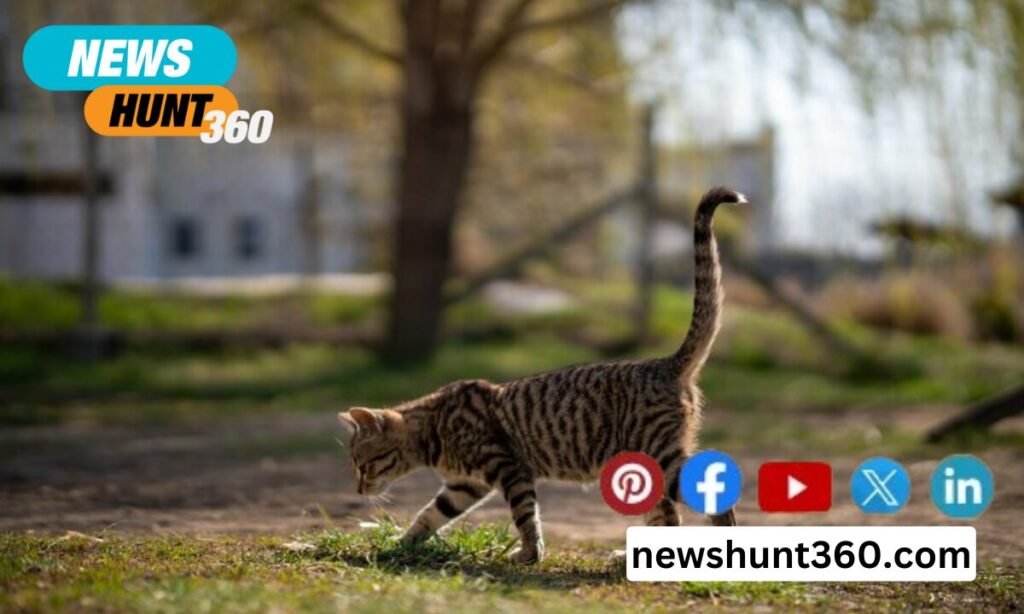
Cats Without a Tail
Even if we are right when we observe the cat’s tail to know its intentions and emotions, we must not forget that cats use their whole body to communicate and the signals of the tail must always be interpreted with the other messages. Attention to the rest of the body signals beyond the tail is fundamental to understanding cats that do not have a tail. This is the case of cats of the Manx, Cymric, Japanese, and American Bobtail or Pixie-bob breeds, which are born without a tailor with a tail that is shorter than normal.
The tail and its “expressions” play an important role in communication between cats and humans. The next time you look at a cat, observe it but don’t forget the rest of the body signals: this will help you understand the cat’s emotions and intentions.
My Cat Attacks its Tail to Play
Kittens especially play with their tails and in some adult cats, this may still happen sometimes. They go around in circles trying to catch him. Do not worry because this is normal and also sometimes amuses the masters who see their companion going around in circles.
Beware of Excessive Attitudes in Cats
But when an attitude becomes excessive, you have to worry. This is the case of scratching, and licking … When what seems to us to be a game becomes too frequent and the cat ends up injuring itself and inflicting wounds more or less seriously, it is necessary to react and consult the veterinarian.
A Sign of Anxiety or the Cause of an Illness
This attitude can reflect a state of anxiety. The cat is a sensitive being, do not forget it. For some, a change of scenery in their daily environment, a move, a way of life that goes from the countryside to the city, a return from vacation, or life in a closed or poorly adapted environment… can lead to anxiety. and explain this behavioral problem, which may not be the only demonstration of his problem.
The Cat Attacking its Tail: one sign to take into Account Among Others
These include, among other things, urinary markings, dirtiness, and even diarrhea … Anxiety if the disorder in question and its consequences are not treated, can lead to depression.

